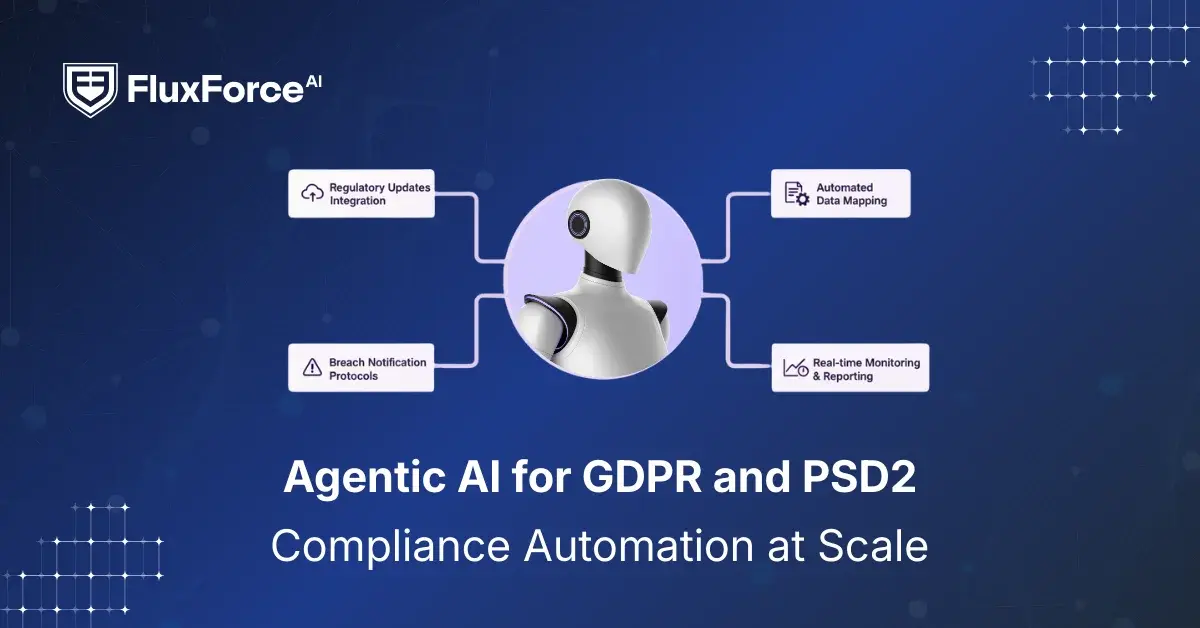Listen to our podcast 🎧

Introduction
Global trade supply chains are often interconnected to hundreds of suppliers, vendors, and logistics partners. With so many moving parts, protecting the supply chain software against cyberattacks and non-compliant suppliers is increasingly complex.
Traditional trust-based models label suppliers and partners as secure once they gain access to the system. However, legitimacy cannot be guaranteed after onboarding, as modern threats exploit even trusted connections. This gap leaves organizations exposed to hidden vulnerabilities and compliance risks.
To address this, companies need advanced security models that continuously verify, monitor, and protect every interaction. Zero trust security provides exactly that by eliminating blind trust and ensuring validation at every step.
In this blog, we will discuss some proven strategies that show how organizations can safeguard high-risk suppliers by combining zero trust authentication with modern supply chain risk management software.
Why High-Risk Global Supply Chains Need Zero Trust Security

In high-risk supply chains such as medical or defence, the data is highly sensitive and exposed to multiple points of failure. Traditional supply chain security relies heavily on a single source of trust, which means:
- A cyber-attacked supplier can disrupt the entire chain.
- Attackers inside the network often remain undetected.
- Compliance gaps emerge without continuous verification.
- Insider threats or stolen credentials can bypass weak checks and steal data.
Zero trust security architecture follows a different approach, ensuring that no entity is trusted by default. It verifies every access request and reduces vulnerabilities. By leveraging zero trust security in global trade compliance, organizations can:
- Validate suppliers and partners at every interaction.
- Enforce data access limitations across the chain.
- Monitor transactions in real time to detect anomalies.
- Reduce the risk of non-compliant or counterfeit components.
-1.png?width=1200&height=628&name=hubspot%20blog%20(6)-1.png)
Shaping the Future of AI in Finance
Fluxforce research uncovers how banks and enterprises are adapting to fraud, compliance, and data challenges in 2025.
Steps for Applying Zero Trust in International Supply Chain Risk Management
To protect against global supply chain attacks, organizations need implementation that strengthen security and reduce disruptions. By applying zero trust architecture for cross-border supply chain security, companies can create a framework where every supplier, partner, and system interaction is continuously verified.
Here is a step-by-step approach:

1. Identify and Prioritize High-Risk Partners
Map all suppliers, logistics providers, and brokers that interact with your supply chain. Classify them into risk tiers and prioritize zero trust protections for partners handling sensitive data or critical operations.
2. Enforce Strong Identity and Access Controls
Following zero trust principles, implement multi-factor authentication, digital certificates, and least-privilege access. Every partner should only access what their role requires, and all accounts must be continuously verified, both during onboarding and ongoing operations.
3. Segment Systems to Limit Exposure
Divide IT environments into controlled zones. For example, separate shipping portals from ERP and product design systems to prevent attackers from moving laterally, ensuring zero trust boundaries between critical systems.
4. Monitor Activity and Ensure Accountability
Use real-time monitoring and behavioural analytics to detect anomalies. Combine with compliance tracking, audit trails, and anomaly detection to maintain continuous verification and supplier accountability.
5. Integrate Risk Management and Rapid Response
Leverage modern supply chain risk platforms alongside zero trust principles. Establish protocols to isolate compromised accounts, suspend access, and reroute operations quickly to maintain continuity and reduce exposure.
Supply Chain Risk Management Software for Risk Analysts
Managing global software supply chains is often very complex and resource intensive. Risk analysts must deal with hundreds of suppliers, vendors, and logistics partners while continuously verifying, monitoring, and ensuring compliance across multiple jurisdictions.
Supply chains often need tools that offer continuous oversight without adding operational overhead. Pre-built zero trust security software offers a plug-and-play type of option that is ready to deploy across logistics, ERP, and risk management platforms, enabling automated supplier authentication, real-time monitoring, and consistent policy enforcement.
By adopting pre-configured zero trust solutions, analysts reduce setup time, minimize errors, and maintain a high level of security across complex global operations.
Benefits of Pre-Built Zero Trust Models
- Automated Supplier Verification: The software continuously validates each partner and flags suspicious behaviour instantly.
- Centralized Policy Enforcement: Analysts apply least-privilege access, system segmentation, and compliance rules consistently across all partners.
- Comprehensive Audit Trails: The system logs every action, supporting regulatory compliance and enabling rapid incident response.
- Scalable Protection: The models manage multiple vendors, regions, and systems efficiently, maintaining security without overloading analysts.
Proven Zero Trust Cybersecurity Strategies for Global Trade Supply Chain
For ensuring the security of international supply chains, implementing zero trust architecture becomes essential. However, it requires strategic, continuous measures that go beyond traditional perimeter security. Below are key zero trust data protection strategies for supply chain risk professionals:

1. Rigorous Verification of Suppliers Before and After Onboarding
Treat every supplier as untrusted until proven secure. Conduct in-depth authentication, compliance checks, and ongoing monitoring to prevent malicious actors or counterfeit products from entering the supply chain.
2. Encrypt and Validate Every Cross-Border Data Transfer
Ensure all sensitive information moving across borders is encrypted and validated. Zero trust policies prevent interception, unauthorized access, and regulatory violations while maintaining secure data flow.
3. Restrict Access Based on Role and Context
Grant suppliers and partners only the permissions necessary for their specific role. Zero trust enforces least-privilege and context-aware access to minimize risk if accounts are compromised.
4. Maintain Continuous Visibility and Complete Audit Trails
Track every supplier action in real time. Generate transparent, immutable audit logs that support regulatory compliance, accountability, and rapid detection of suspicious activity.
5. Deploy Pre-Built Zero Trust Models for Supply Chain Systems
Use pre-configured zero trust frameworks tailored for logistics, ERP, and risk management platforms. These ready-to-deploy models simplify enforcement, enable automated monitoring, and ensure consistent security across the supply chain.
Conclusion
Global trade supply chains operate in an environment of constant risk, from cyberattacks to non-compliant suppliers. Zero trust security enforces continuous verification of every interaction, ensuring that only authorized entities access critical systems and data.
Pre-built zero trust models in supply chain risk management software enable leaders to implement controls quickly, monitor high-risk suppliers, and enforce policies consistently across borders.
This approach reduces operational disruption, strengthens compliance, and gives managers actionable insight to make confident decisions.
Organizations that embed zero trust principles create a supply chain that is resilient, transparent, and secure, providing a competitive advantage while protecting sensitive assets in complex international trade networks.






Share this article